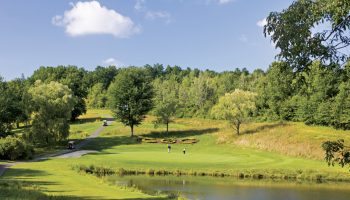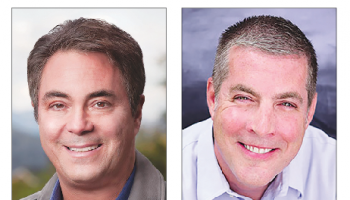
Birds, with their colorful feathers, unique calls and astonishing migrations, have given poets plenty of fodder over the years.
Bird, Tree & Garden Club guide Terry Mosher will examine some bird-inspired poems by well-known poets in a workshop titled “The Things Birds Do to Poets,” at 1 p.m. Thursday, July 11 in the Roger Tory Peterson Nature Classroom.
“For the past 2,500 years, Western poets have been writing about birds, have been fascinated by them and have been moved by them,” said Mosher, who taught environmental literature at the State University of New York at Fredonia for 36 years, until he retired in 2012.
As a former president of the Lake Erie Bird Club, Mosher has a deep appreciation for birds. He said he has been birding for about 35 years.
Mosher is amazed how birds are able to fly thousands of miles to Central and South America each winter, even if they were just born and had never made the migration before.
“Their tiny, little brains know how to do this,” he said. “We know they steer by the constellations in the sky, and we know they can read the magnetic fields of the Earth in a way that we can’t.”
At Mosher’s program today, he will read poems about birds by Robert Frost, Mary Oliver, John Haines and Emily Dickinson. He will lead a discussion about the qualities of birds that inspired these writers and many others.
For example, in Robert Frost’s “Dust of Snow,” Frost speaks about being showered with snow after a crow lands on a tree branch above him. The serendipitous moment brightens an otherwise difficult day.
“Birds can lift the human heart when we’re feeling down or melancholy,” Mosher said. “Anybody who has watched the birds knows that.”
In another poem, “The Oven Bird,” Frost plays on the song of the bird species the poem is named after, which sounds like they are saying “teacher-teacher-teacher.”
“Frost listens very carefully to the song of the bird and tries to imagine what the bird might be saying, what the bird might be teaching us,” Mosher said. “The lesson he teaches is really fascinating and moving and interesting.”
Mosher will also present “If the Owl Calls Again” by John Haines, a poet who lived in Alaska and California. In it, Haines writes about what it would be like to be an owl.
“Birds seem to beckon poets, and (poets) want to see what it would be like to get inside their skin,” Mosher said.
He will also present “Vultures” by Mary Oliver, which shows a darker side of birds. The poem centers on a turkey vulture, which eats the carcasses of dead animals.
“They do a huge service by cleaning up nature, but they are extremely ugly and they are very disturbing because they are animals of death,” Mosher said. “They go around looking for death and reminding us of our own death.”
Mosher said birds are a beautiful part of the natural environment in Chautauqua County and on the grounds of Chautauqua Institution.
“So much of the soundscape, the sounds of spring and summer, are bird songs,” he said. “Most people have no idea it’s going on. They just tune them out. But they’re fascinating and beautiful.”





